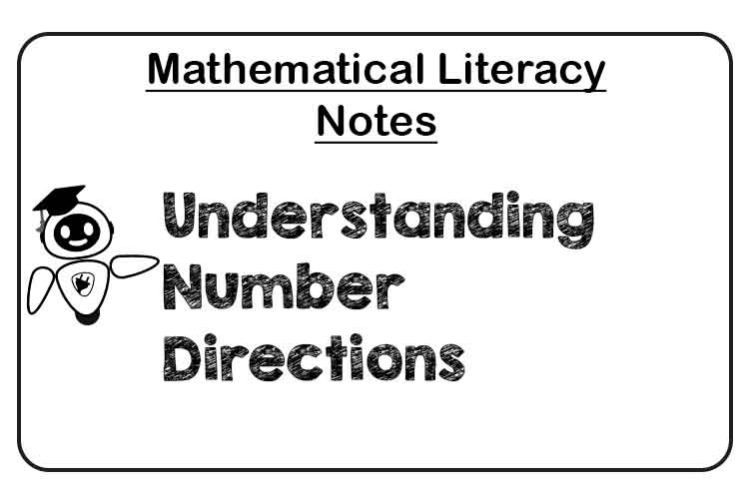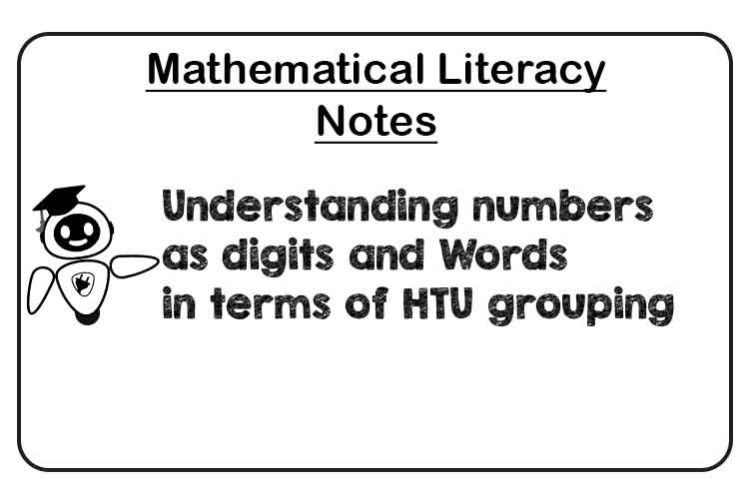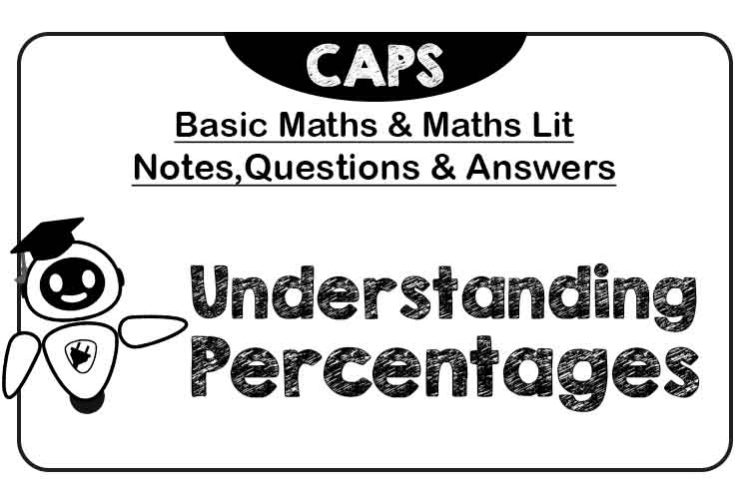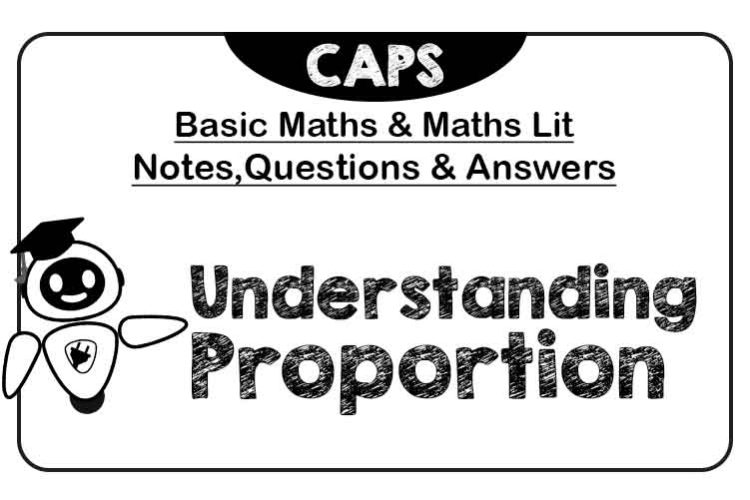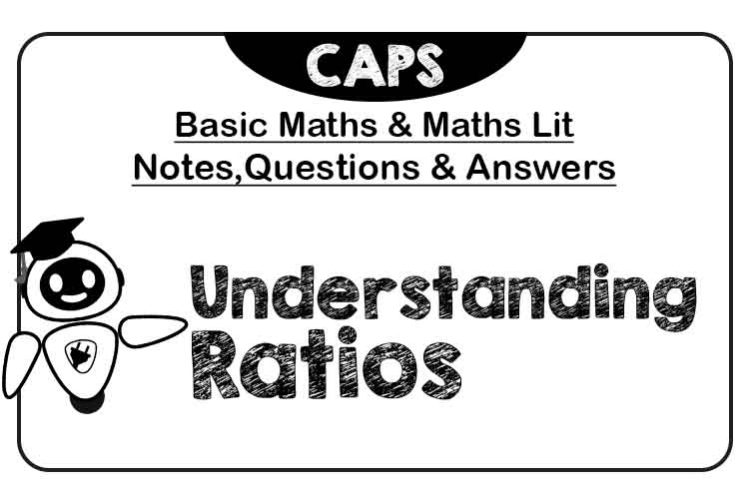Terminology And Concepts
- July 25, 2024
- Posted by: admin
- Category: Mathematical Literacy Notes
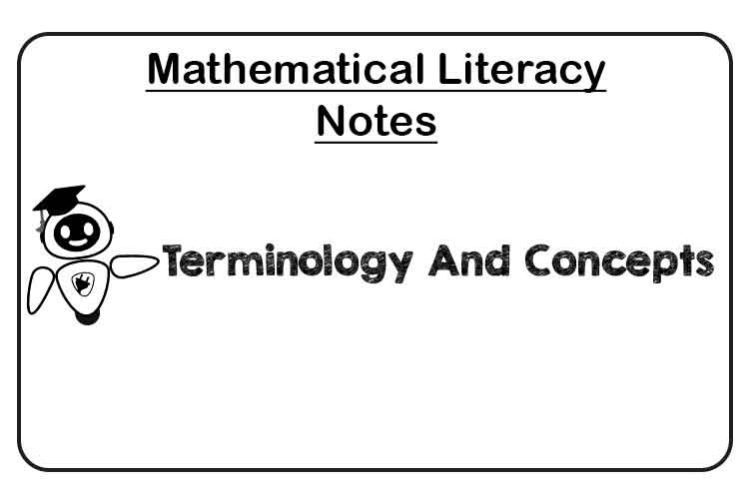
In this page you will access the Terminology And Concepts -Mathematical Literacy Notes . Practice using questions with explained answers or download the question paper and Answer sheet.
Terminology And Concepts - Mathematical Literacy Notes

Or
Also Checkout 👇
Join and follow our social media accounts to stay ahead of the curricula for Mathematics, Mathematical Literacy and more subjects. with our termly updates. Get access to notes, exercises, past question papers, and more learning resources tailored specifically for Grade 10, 11, and 12 students.
Number Formats And Conventions
Digit: A digit is a single numerical symbol used to represent numbers. The digits are the basic building blocks of our number system, and there are ten digits: 0, 1, 2, 3, 4, 5, 6, 7, 8, and 9. For example, the number 345 is composed of the digits 3, 4, and 5.
Million: A million is a number equal to 1,000,000. It is written as a one followed by six zeros. In the metric system, it can be represented as
\[10^6\]Examples
Thousands:
1 million = 1,000 thousands.
Hundreds:
1 million = 10,000 hundreds.
Tens:
1 million = 100,000 tens.
Units:
1 million = 1,000,000 units.
Billion: A billion is a numerical value that is represented as 1,000,000,000 in standard form. It is a 1 followed by 9 zeros.
Example
1,000 millions = 1 billion (1,000,000,000)
trillion
A trillion is a numerical value represented as 1,000,000,000,000. It consists of one followed by twelve zeros.
Example
In scientific notation, a trillion is written as
\[1\times10^{12}\]Before you continue check it out 👇
Download our free PDF text books for Maths, Maths Lit and other subjects for various grades!
Continue from here👇
Operations On Numbers And Calculator skills
1. Estimation:
Estimation involves finding a value that is close enough to the right answer, usually by rounding numbers. This skill is useful for making quick calculations and decisions without needing exact values.
Example:
You are shopping and want to estimate the total cost of three items priced at R45.50, R78.25, and R120.75.
Steps:
1. Round each price to the nearest whole number.
- R45.50 rounds to R46
- R78.25 rounds to R78
- R120.75 rounds to R121
2. Add the rounded prices.
- R46 + R78 + R121 = R245
So, the estimated total cost is approximately R245 (written as R245 ≈ R244.50).
2. Addition (+):
Addition is one of the basic arithmetic operations used to find the total or sum by combining two or more numbers. It is fundamental in mathematics and is often the first operation learned by students.
Example:
The sum of 347 and 289 is 636.
3. Subtraction (-):
Subtraction is a basic arithmetic operation that involves taking away one number from another. It helps determine the difference between two numbers. The symbol for subtraction is a minus sign (-).
Example:
Thus, 652−437=215.
4. Multiplication(×):
Multiplication is a basic arithmetic operation that combines groups of equal size. It is essentially repeated addition.
Example:
if you have 3 groups of 4 apples, multiplication helps you find the total number of apples by calculating 3×4=12 meaning you have a total of 12 items when you combine 3 groups of 4 items each.
5. Division (÷):
Division is a mathematical operation where a number, called the dividend, is divided by another number, called the divisor, to find how many times the divisor fits into the dividend. The result of the division is called the quotient. If there is a remainder that does not fit into the quotient, it is often noted separately.
Example:
Let’s take the division of 15 by 5 will be 3.
6. of
In mathematics, the word “of” often signifies multiplication.
Example:
Also used when dealing with percentages and calculations involving quantities like money. Here’s an example:
15% of R200 is R30
Similarly 0.15 × 200 = 30
7. BODMAS
BODMAS is an acronym that stands for
B Brackets (Alaways work inside-out)
O Of(multiplication)
D Division
M Multiplication
A Addition
S Subtraction.
It dictates the order in which mathematical operations should be carried out to ensure accurate results.
8. Power
In mathematics, “power” refers to the operation of raising a number to an exponent. The power operation involves two key components:
- Base: The number that is being multiplied.
- Exponent: The number that indicates how many times the base is multiplied by itself.
Example:
Let’s take 23 as an example:
Here, 2 is the base and 3 is the exponent. We multiply 2 by itself three times to get 8.
9. Square root
The square root of a number is a value that, when multiplied by itself, gives the original number. It is denoted by the radical symbol (√). For example, the square root of 9 is 3 because 3 × 3 = 9
Example:
10. Decimal Places
A “decimal place” refers to the position of a number to the right of the decimal point in a decimal number. Each position represents a fraction of a whole number based on powers of ten. Understanding decimal places is important for precision in calculations and various numerical operations.
Examples:
Consider the number 45.678:
The digit 6 is in the first decimal place, so it represents 6 tenths \[\;(\frac6{10})\\\]
The digit 7 is in the second decimal place, so it represents 7 hundredths \[\;(\frac7{100})\\\]
The digit 8 is in the third decimal place, so it represents 8 thousandths \[\;(\frac8{1000})\\\]
Decimal places:
1st Decimal Place (Tenths):
Example: In the number 3.1, the digit 1 is in the first decimal place, representing 1 tenth (0.1).
2nd Decimal Place (Hundredths):
Example: In the number 3.14, the digit 4 is in the second decimal place, representing 4 hundredths (0.04).
3rd Decimal Place (Thousandths):
Example: In the number 3.142, the digit 2 is in the third decimal place, representing 2 thousandths (0.002).
4th Decimal Place (Ten-thousandths):
Example: In the number 3.1428, the digit 8 is in the fourth decimal place, representing 8 ten-thousandths (0.0008).
5th Decimal Place (Hundred-thousandths):
Example: In the number 3.14285, the digit 5 is in the fifth decimal place, representing 5 hundred-thousandths (0.00005).
11. Rounding
Rounding off is a technique used to simplify a number to make it easier to work with, usually by reducing the number of decimal places. In rounding, you adjust the number to the nearest specified place value, such as the nearest whole number, tenth, hundredth, etc.
Examples:
Rounding to the nearest whole number:
Original amount: 45.67
To round to the nearest whole number, look at the digit in the tenths place (6). Since it’s 5 or greater, round up.
Rounded number: 46
Rounding to the nearest rand:
Original amount: R45.67
To round to the nearest rand, look at the digit in the cents place (6). Since it’s 5 or greater, round up.
Rounded amount: R46.00
11. Ratios
A ratio is a way to compare two or more quantities by showing their relative sizes. It tells us how much of one thing there is compared to another.
Example:
Imagine you have R100 and want to divide it between two people in a ratio of 3:2.
- Add the parts of the ratio together: 3 + 2 = 5 parts in total.
- Determine the value of one part: R100 ÷ 5 = R20 per part.
- Calculate each person’s share:
- The first person gets 3 parts: 3 × R20 = R60.
- The second person gets 2 parts: 2 × R20 = R40.
So, in a ratio of 3:2, the first person receives R60 and the second person receives R40.
12. Equivalent ratios
Equivalent ratios are two or more ratios that express the same relationship between numbers. To determine if ratios are equivalent, you can simplify them to their lowest terms or cross-multiply to see if they are equal.
Example:
Suppose you have two ratios in rands:
- Ratio 1: 10:15
- Ratio 2: 20:30
13. Simplified ratios
Simplified ratios represent a way of expressing the relationship between two quantities in its most basic form. To simplify a ratio, you divide both numbers by their highest common factor (HCF), also known as the greatest common divisor (GCD).
Example:
Consider the ratio 24:36.
-
Find the HCF of 24 and 36:
- The factors of 24 are 1, 2, 3, 4, 6, 8, 12, and 24.
- The factors of 36 are 1, 2, 3, 4, 6, 9, 12, 18, and 36.
- The common factors are 1, 2, 3, 4, 6, and 12. The highest common factor is 12.
-
Divide both numbers by their HCF (12):
- 24 ÷ 12 = 2
- 36 ÷ 12 = 3
-
The simplified ratio is 2:3.
So, 24:36 simplifies to 2:3.
14. Proportion Of Ratios
two ratios are equivalent if their cross-products are equal.
Example 1:
This is equivalent to saying: 𝑎 × 𝑑 = 𝑏 × 𝑐
\[Let’s\;verify\;if\;the\;ratios\;\;\frac23\;\;\;and\;\;\frac46\;\;\;are\;in\;proportion.\\\]Compute the cross-products:
2 × 6 = 12
3 × 4 = 12
Since the cross-products are equal (12 = 12), the ratios are in proportion.
Example 2:
\[Let’s\;verify\;if\;the\;ratios\;\;\frac58\;\;\;and\;\;\frac{10}{15}\;\;\;are\;in\;proportion.\\\]Compute the cross-products:
5 × 15 = 75
8 × 10 = 80
Since the cross-products are not equal (75 ≠ 80), the ratios are not in proportion.
15. Direct proportion of ratios
refers to a relationship between two quantities where the ratio of one quantity to another remains constant.
Example:
\[\frac62=3\\\] \[\frac{15}3=3\\\] \[\frac{30}{10}=3\\\]16. Indirect or inverse proportion
Is the ratio or relationship between two quantities, often used to express things like speed, price per unit, or interest. Here are a few key points:
Example:
6×15 = 9×10 = 90 (constant product)
8×12.5 = 10×10 = 100 (constant product)
17. Rates
A rate compares two quantities with different units, such as kilometers per hour (speed) or rands per kilogram (price). It can also be understood as the ratio or relationship between two quantities, often used to express things like speed, price per unit, or interest.
Example:
Unit Price: To find the unit price of an item, divide the total cost by the number of units. For example, if a 2-liter bottle of soda costs 30 rands, the unit price is 30 rands / 2 liters = 15 rands per liter.
Interest Rates: If you deposit 1000 rands in a bank at an interest rate of 5% per year, after one year, you’ll earn 1000 rands * 0.05 = 50 rands in interest.
Exchange Rates: If the exchange rate is 15 rands per US dollar, to convert 150 rands to US dollars, divide 150 rands by 15 rands per US dollar = 10 US dollars.
18. Speed
Speed is a measure of how quickly an object moves from one place to another. It is calculated using the formula
\[Speed=\frac{Dis\tan ce\;}{Time}\]This formula means that speed is equal to the distance traveled divided by the time it takes to travel that distance.
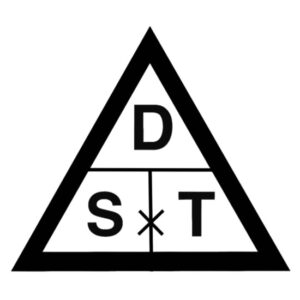
you can actually remember it as a pyramid where:
D= Distance
S= Speed
T= Time
and can be summarized as:
\[D\;=\;S\;\times\;T\;(dis\tan ce\;=\;speed\;\times\;time)\] \[S=\frac DT\;(Speed=\frac{dis\tan ce}{time})\] \[T\;=\frac DS\;(time\;=\;\frac{dis\tan ce}{speed})\]Example:
Suppose you walk 5 kilometers in 1 hour.
\[Speed=\frac{5\;km}{1\;hour}=5\;km/h\]Your walking speed is 5 kilometers per hour.
19. Percentage
A percentage is a way of expressing a number as a fraction of 100. It’s denoted by the % symbol. To calculate a percentage, you multiply the number by the percentage and then divide by 100.
Example:
\[\frac{25}{100}=0.25\;\times\;100\;=\;25\%\]20. Percentage increase
Measures how much something has grown relative to its original value.
Example:
using this formula
\[percentage\;increase=\frac{increase}{starting\;value}\times100\%\]- Starting value: R50
- New value: R70
21. Percentage decrease
Measures how much a quantity has reduced compared to its original value.
Example:
using this formula
\[percentage\;decrease=\frac{decrease}{starting\;value}\times100\%\]- Starting value: R80
- New value: R60
22. Discount
A discount is a reduction from the original price of a product or service. It is usually expressed as a percentage.
Example:
If a jacket costs R500 and the discount is 20%, the discount amount is 𝑅 500 × 0.20 = 𝑅 100
23. Sale price
A Sale price is the final price after a discount has been applied to the original price. To calculate it, you subtract the discount amount from the original price.
Example:
- Original Price: R500
- Discount: 20% (which is R100)
Calculation:
- Find the discount amount: 20% of R500 = R100
- Subtract the discount from the original price: R500 – R100 = R400
Sale Price: R400
Before you continue also check this out 👇
Get 100% on your exam essays using our essay cramming assistant!
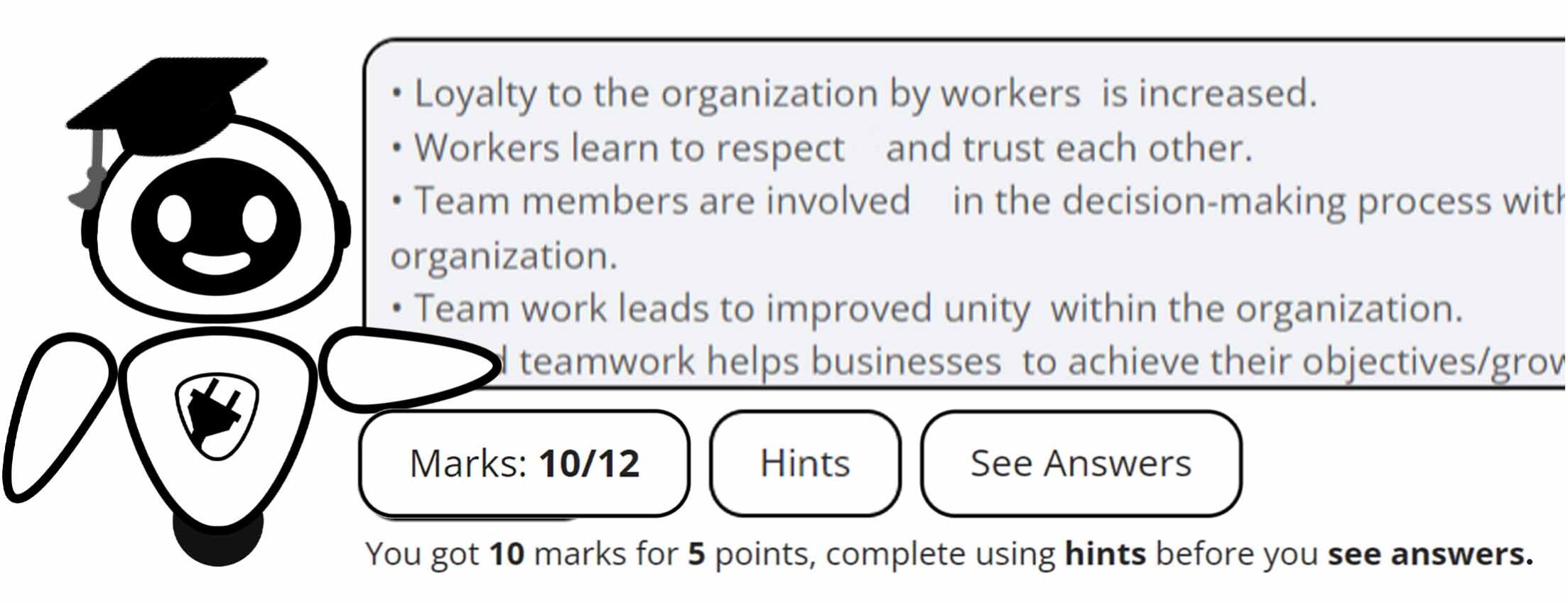
It is useful if you want to cram essays for subjects such as
Business Studies, Economics, Geography, History, Home Languages, First Additional Languages and more…
Why use it?
Helps you structure how you write essays√
Helps you memorize and recall points and sentences including hints√
Marks your essays as you practice writing√
Continue from here👇
Other Notes Under: Understanding Number Formats And Conversions
Other Maths LIT Notes
Other Practicing Material
- Newest
- Oldest
- Most Viewed



